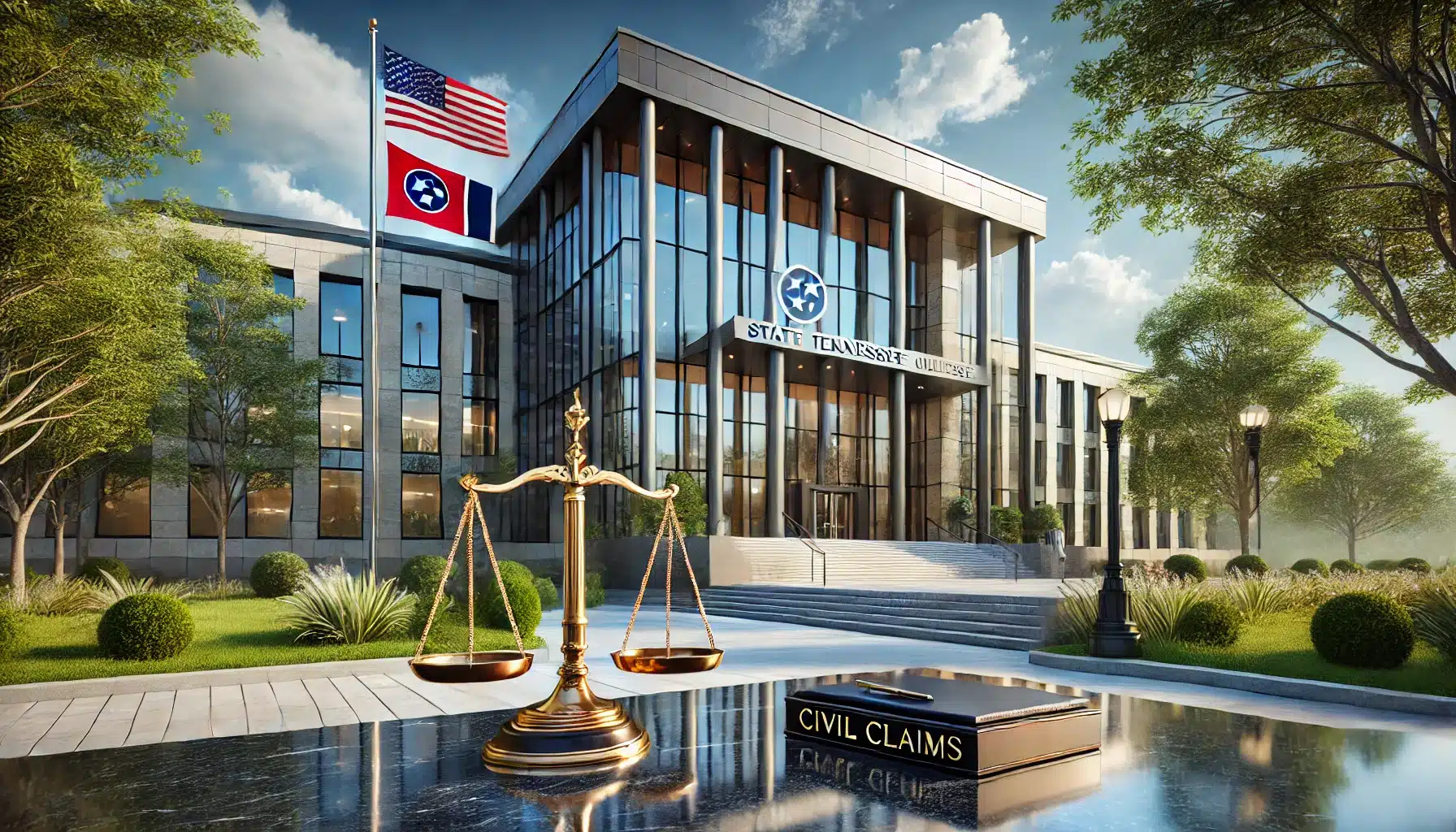How To Prove A Tennessee Collateral Estoppel (Issue Preclusion) Defense

In Tennessee, a defense of Collateral Estoppel (Issue Preclusion) is defined as:
Collateral estoppel (issue preclusion) bars the re-litigation of an issue or issues previously determined in earlier proceedings.
It simply means:
Issues settled in previous litigation cannot be raised again.
There are 5 elements of the defense:
- Element 1. The issue to be precluded was identical to an issue decided in an earlier proceeding. The issue that is being challenged in this case is the same as one that was already decided in a previous legal case, meaning it cannot be argued again.
Facts that might support this element look like:
* The earlier proceeding involved the same parties and addressed the validity of the contract in question.
* The court in the prior case made a definitive ruling on the issue of negligence that directly relates to the current dispute.
* Both proceedings required a determination of whether the defendant acted within the scope of employment at the time of the incident.
* The factual circumstances surrounding the claim were identical in both cases, leading to the same legal conclusions.
* The prior judgment explicitly resolved the issue of liability, which is now being contested again in the current matter. - Element 2. The issue to be precluded was raised, litigated, and decided on the merits in the earlier proceeding. This means that the specific issue in question was already brought up, argued, and resolved in a previous court case, so it can’t be brought up again in a new case.
Facts that might support this element look like:
* The plaintiff previously filed a lawsuit against the defendant on the same issue, which was fully litigated in court.
* The court issued a detailed ruling on the merits of the issue, providing a clear legal analysis and conclusion.
* Both parties had the opportunity to present evidence and arguments during the earlier proceeding, ensuring a fair trial.
* The judgment from the earlier case was final and not subject to appeal, establishing the issue as conclusively decided.
* The same legal standards and factual circumstances were applied in the previous case, making the findings relevant to the current dispute. - Element 3. The judgment in the earlier proceeding became final. The judgment in the earlier case is considered final when no further appeals can be made, meaning the decision is settled and can be used to prevent the same issue from being argued again in a new case.
Facts that might support this element look like:
* The judgment in the earlier proceeding was issued by a court of competent jurisdiction.
* The parties involved in the earlier proceeding were the same as those in the current case.
* The earlier judgment was not appealed, making it final and binding.
* The issues decided in the earlier proceeding were essential to the final judgment.
* The time for appealing the earlier judgment has expired, confirming its finality. - Element 4. The party against whom collateral estoppel was asserted was a party to or in privity with a party to the earlier proceeding. For collateral estoppel to apply, the person being challenged must have been involved in the earlier case or closely connected to someone who was, ensuring they had a fair chance to argue their side in that previous legal situation.
Facts that might support this element look like:
* The defendant in the current case was the plaintiff in the earlier proceeding, establishing direct party status.
* The parties in the previous case shared a common legal interest, demonstrating privity between them.
* The same corporate entity was involved in both proceedings, indicating that the parties are in privity.
* The defendant was represented by the same legal counsel in both the earlier and current proceedings.
* The outcome of the earlier case directly affected the rights and obligations of the defendant in the current case. - Element 5. The party against whom collateral estoppel was asserted had a full and fair opportunity to contest the issue in the earlier proceeding. Collateral estoppel can be used when the party being challenged had a complete chance to argue their case in a previous trial, meaning they had the opportunity to fully present their side on the specific issue being disputed again.
Facts that might support this element look like:
* The party had legal representation during the earlier proceeding, ensuring that their interests were adequately defended.
* The earlier proceeding involved a comprehensive examination of the relevant evidence and arguments related to the contested issue.
* The party actively participated in the earlier proceeding, presenting their case and cross-examining witnesses.
* The issue in question was explicitly raised and addressed by the court in the earlier proceeding.
* The party had the opportunity to appeal the decision from the earlier proceeding but chose not to do so.
(See Bowen Ex Rel. Doe v. Arnold, 502 SW 3d 102 (Tenn. Supreme Court 2016).)
If you’re in court without a lawyer and plan to assert a Defense of Collateral Estoppel (Issue Preclusion), having a Personal Practice of Law at Courtroom5 is essential. You’ll need to make informed decisions about what to file at each phase of your case and prepare legal documents supported by thorough legal research and a strong analysis of the facts. Equip yourself with the tools and knowledge necessary to effectively present your Defense of Collateral Estoppel.
Prove Your TN Collateral Estoppel (Issue Preclusion) Defense
U.S. Civil Cases Only
